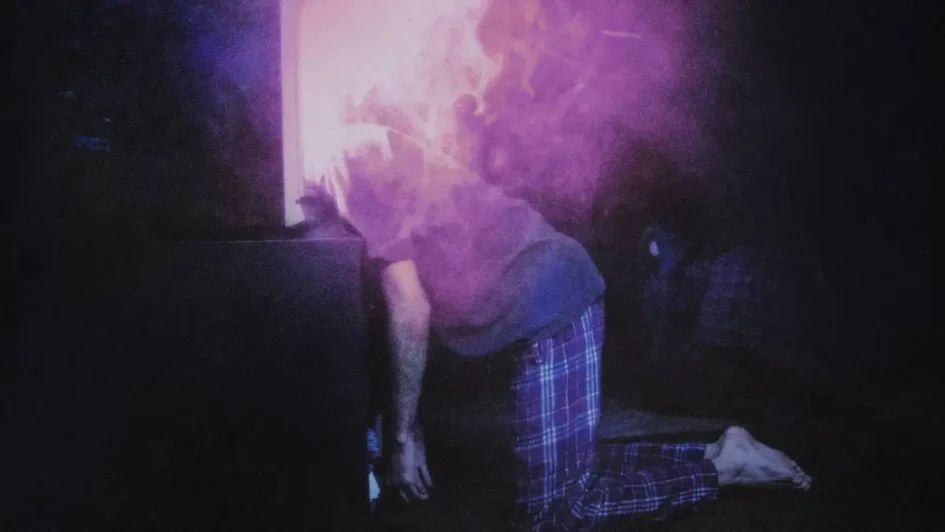Throughout the years of writing reviews, I’ve had the privilege of experiencing some of the greatest films in cinematic history. While movies that earn a perfect five-star rating are rare, their scarcity makes them all the more precious.
These films leave an indelible mark, with unforgettable scenes, resonant characters and a mastery of storytelling that stays with you long after the credits roll. On the flip side, however, are the films that fail to connect on any meaningful level. These are the movies you watch and quickly forget, leaving no lasting impression.
Instead of marveling at a powerful moment or feeling a connection to the characters, you’re left with a sense of indifference. They don’t inspire, entertain or even provoke — they’re just a hollow experience that reminds you how special true cinematic artistry really is.
Then there are the movies that are just plain weird. A movie can be both weird and good, though it is a fine line, by embracing its eccentricities in a way that feels authentic and purposeful, rather than random or forced. Weirdness often challenges traditional storytelling conventions, offering twists, unconventional characters or captivating visuals. When this is paired with a strong emotional core, clever writing or a cohesive vision, the “weird” elements enhance the story, rather than detract from it.
A weird movie becomes great when it balances its oddities with substance, creating a unique experience that lingers with viewers long after the credits roll.
This week, I watched I Saw the TV Glow, a psychological drama from A24 Studios, written and directed by Jane Schoenbrun. Spanning several decades, the film begins in 1996 with Owen (Justice Smith) and Maddy (Brigette Lundy-Paine), two teenage outcasts who find solace in their shared love for a surreal TV show, The Pink Opaque.
The show, centered on two girls, Isabel and Tara, battling the sinister forces of Mr. Melancholy, mirrors the dark undercurrents of Owen and Maddy’s lives. One fateful night, Maddy asks Owen to run away with her to escape her abusive stepfather, but Owen hesitates, and Maddy leaves alone. Years later, Maddy reappears with a cryptic request, offering Owen a chance to make amends with the only person who ever truly understood him.
If I Saw the TV Glow was a meal, it would be the cinematic equivalent of a ghost pepper surprise.
I approached the film expecting a nostalgic comfort dish, something that would resonate with my own love for ’90s TV shows like Buffy the Vampire Slayer and Charmed. Instead, I was served something that was unexpectedly harsh, difficult to swallow and far from enjoyable. What I anticipated as a celebration of shared fandom turned out to be a much spicier, more unsettling experience — even challenging to digest — leaving a lingering burn.
On paper, its plot seems straightforward enough, but as the film unfolds, it becomes increasingly difficult to discern the characters’ reality from what might be purely imagined.
Even the pivotal scene where Owen and Maddy first meet feels strangely fabricated, as though it exists more in their shared psyche than in the tangible world. This moment takes place in Void High School — a setting whose initials, VHS, cleverly nod to the format through which Owen watches The Pink Opaque. The dimly lit atmosphere and surreal elements make even this foundational interaction feel ambiguous and dreamlike.
The entire film feels like a sprawling, unsolvable riddle. Each scene is layered with symbolism and unanswered questions, pulling the viewer deeper into a maze of uncertainty. While this ambiguity could have been a compelling narrative choice, writer-director Jane Schoenbrun struggles to tie it all together, leaving too much open to interpretation. The lack of resolution undermines the weight and depth of the story, turning what could have been a thought-provoking exploration into a frustratingly incomplete puzzle.
I Saw the TV Glow earns a disappointing one out of five stars. It’s a film that inadvertently highlights the brilliance of recent cinematic triumphs by demonstrating exactly what they avoid. Where great films immerse us with compelling narratives, emotional resonance and meaningful depth, this movie feels like a hollow exercise in style over substance.
Jane Schoenbrun’s direction comes across as overly stylized, attempting to dazzle with visual and conceptual cleverness but ultimately failing to connect with the audience on any meaningful level.
The film feels like it’s trying too hard to be enigmatic and profound, but instead, it becomes a disjointed collection of surreal imagery and cryptic moments that lack cohesion. The characters feel bland, their struggles overshadowed by the movie’s preoccupation with being artful rather than impactful. While ambiguity can be a powerful tool in filmmaking, here it serves only to alienate the viewer, leaving them frustrated and disengaged.
I Saw the TV Glow is a stark reminder that storytelling should always come before style, and without a strong foundation, even the most visually striking films can fall flat.

